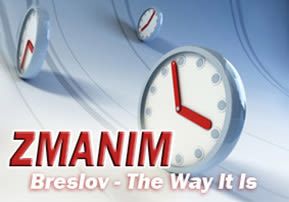
Zmanim
"The Baal ha-Tanya wasn’t a posek? The Vilna Gaon wasn’t a posek? One could follow them also. The only chumrot we have in Breslov are concerning loshon hora and shemirat ha-brit."

Le‘ilui nishmat Leib ben Yitzchak Ya’akov Sears, a”h – Yartzeit: 30 Shevat, Rosh Chodesh Adar
Le’ilui nishmat Yosef ben Shmuel Zeitlin, a"h – Yartzeit: 18 Menachem Av
We continue with our new series of minhagim and hanhagot tovot of Breslov. We invite you to peruse our previous entries by accessing our archives.
Zmanim (continued)
Rav Tukatzinsky’s lu’ach still hangs on the wall of the Breslover Shul in Me’ah She’arim, and is consulted for virtually all zmanim and other hanhagot of the kehillah (heard from Rabbi Mordekhai Frank).
* * *
Rabbi Nochum Yitzchak Frank introduced the exactitude concerning zmanim to the Breslov kehillah in Yerushalayim. His family descended from the talmidei ha-GRA, who placed great emphasis on such precision. However, this attitude was not shared by Rabbi Levi Yitzchak Bender, or Breslover Chassidim from the Ukraine (heard from Rabbi Avraham Moshe Wasilski and Rabbi Mordekhai Frank).
* * *
Rabbi Shmuel Breines once asked Rabbi Elyah Chaim Rosen of the Breslov Yeshivah in Yerushalayim about which zman kriyat Shema we should follow – if we follow the Magen Avraham. He answered: “The Baal ha-Tanya wasn’t a posek? The Vilna Gaon wasn’t a posek? One could follow them also. The only chumrot we have in Breslov are concerning loshon hora and shemirat ha-brit. The main things are Torah, tefillah, hitbodedut, etc” (heard from Rabbi Shmuel Breines).
* * *
Rabbi Levi Yitzchak Bender stated that Breslover Chassidim followed Rabbenu Tam’s zman for tzet ha-kokhavim, and that in the Ukraine at some times of the year this was as long as 90 minutes after sh’kiah (heard from Rabbi Meir Wasilski). (Rabbi Yitzchak Tchenagel of Tzefat also heard from Rabbi Levi Yitzchak that they followed Rabbenu Tam’s zman. Rabbi Shlomo Meyer of Lakewood, NJ, heard this, too.)
* * *
Rabbi Avraham Moshe Wasilski pointed out that Rabbenu Tam’s zman was calculated according to the ofek (i.e. latitude, as determined by the horizon); therefore it could vary seasonally from a little more than 50 minutes to well over 90 minutes. This is borne out by the Lodz lu’ach published before World War II. Rabbi Levi Yitzchak Bender attested to this, as well. Thus, shittat Rabbeunu Tam cannot be simply defined as 72 minutes without qualification.
* * *
Rabbi Aharon Mordechai Nochum Pinter heard from Gedolei Breslov that the concept of sh’kiah for Minchah was virtually not mentioned in the Ukraine – even concerning she’eilot nashim. Rabbi Zalman Naftalis heard the same, and added that this was because the bein hashemashot period was quite long. Therefore, the precise time of sh’kiah was not readily apparent. Rabbi Zalman felt that the contemporary Breslover zehirut about davening Minchah before the sh’kiah originated in Yerushalayim in more recent times.
* * *
Rabbi Avraham Moshe Wasilski disagreed with those who say that sh’kiah was not mentioned in the Ukraine. Breslover Chassidim were careful to daven Minchah before the sh’kiah. However, they were less precise about defining the minute of sh’kiah, and in general the approach to zmanim was looser than in Yerushalayim.
Kaddish
Rabbi Levi Yitzchok Bender remembered that in Uman, it was customary to begin Kaddish with the words “Yitgadeil ve-yitkadeish . . .” with a tzeyre under the dalet. (Presumably they also said “Yitboreikh” after “Yehei Sh’mei rabboh…” with a tzeyre under the reish.) This seems to have been a regional minhag, which Rabbi Levi Yitzchok personally followed (Si’ach Sarfei Kodesh VI, 504. Similarly, Siddur ARI Rav Asher and Siddur Tefillah Yesharah-Berditchev punctuate these words with a tzeyre.)
* * *
The Breslover zekenim who followed this shittah did not place the dagesh on the last syllable ("yit-ga-DEYL . . . yit-boh-REIKH"), in keeping with the laws of dikduk, but on the second syllable ("yit-GA-deyl . . . yit-BOH-reikh"), as is common among Chassidim.
* * *
Rabbi Moshe Burshteyn and his family say “Yitgadeil.” However, the more common minhag in Breslover communities today is to say “Yitgadal ve-yitkadash…” with a patach under the dalet, and “Yitborakh” with a patach under the reish.
* * *
Rabbi Gedaliah said “Yitgadal” etc. with a patach (heard from Rabbi Ephraim Kenig).
* * *
In the Tzefat community, they are not particular about this one way or the other (heard from Rabbi Ephraim Kenig).
* * *
Rabbi Levi Yitzchak stated that in Uman, when the person reciting Kaddish came to the words “shemei de-kudesha b’rikh hu…” the mispallelim responded “b’rikh hu.” (Si’ach Sarfei Kodesh IV, 148; ibid. VI, 505. This follows the shittah of the RAMA, Orach Chaim 56:2; however the Mechaber rules that one should say “Amen.” The latter is the Sefardic minhag, which is also observed in some Chassidic communities.)
* * *
Rabbi Levi Yitzchak tried to reintroduce this to the Yerushalayim Breslov community, but he did not succeed in doing so (heard from Rabbi Chaim Cohen, in the name of Rabbi Nachman Rosenfeld.)
* * *
Rabbi Nachman Burshteyn believed that the minhag of answering “b’rikh hu” came from the Polish Breslovers. Despite Rabbi Levi Yitzchak’s recollection, Rabbi Nachman said that the old Russian-Ukrainian Chassidim used to answer “Amen.”
* * *
The Yerushalayim minhag is to respond “Amen” at this point, not “b’rikh hu.” This is the minhag in the Tzefat community today (heard from Rabbi Ephraim Kenig).
* * *
Nevertheless, Rabbi Eliezer Berland of Mosdot Shuvu Banim follows Rabbi Levi Yitzchak’s minhag and says “b’rikh hu” (heard from Rabbi Chaim Cohen, in the name of Rabbi Nachman Rosenfeld).
To be continued…
(With permission from The Breslov Center for Spirituality and Inner Growth http://www.nachalnovea.com/breslovcenter)



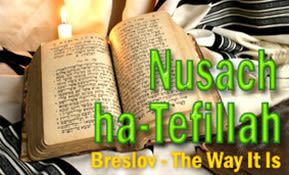

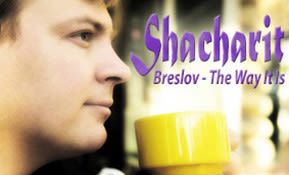


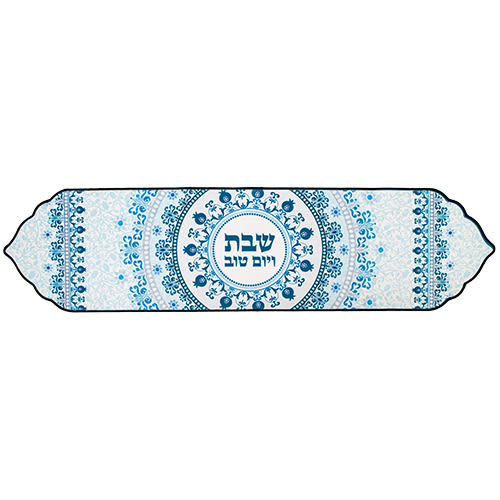
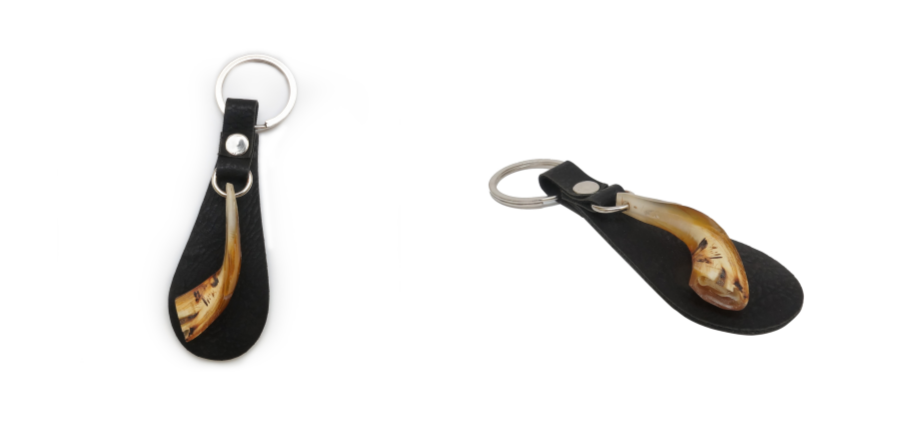
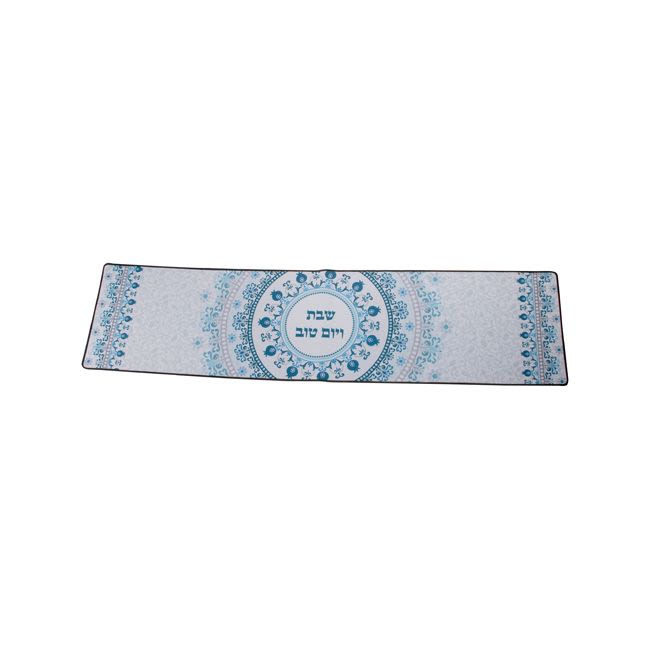

Tell us what you think!
Thank you for your comment!
It will be published after approval by the Editor.